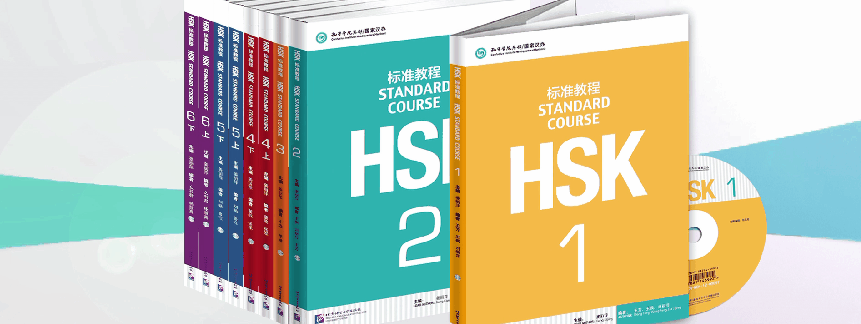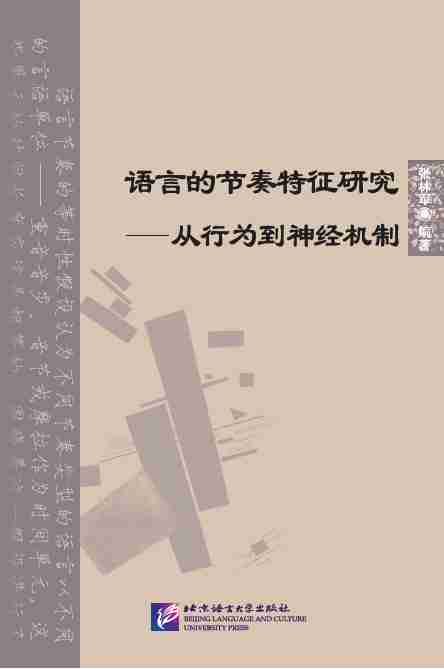Online Bookstore
Studies on the Characteristics of Language Rhythm--From Behavioral Mechanism to Neural Mechanism
Author:Zhang Linjun
- Medium:Books
- ISBN: 9787561941720
- Page Count: 165
- Size:
- Pub Date:2015-06
- The book weight: 247 g
- Annotation Language:
- Course:
- Target Audience(Age):College ,Adults
- Target Audience(Language):
- Price:
-
Category: Academic Research













